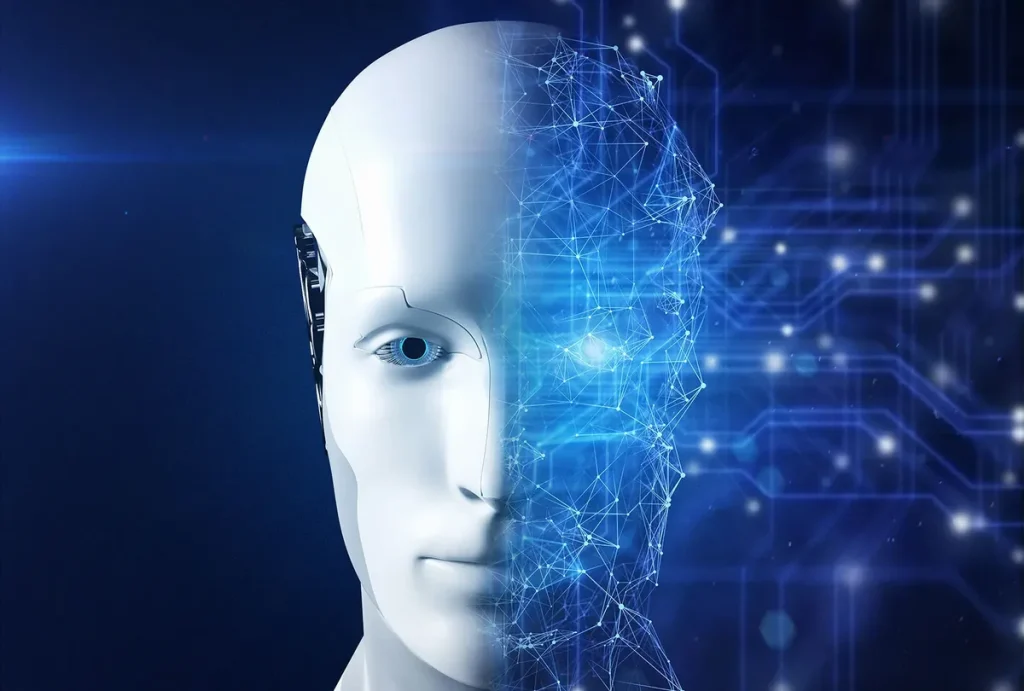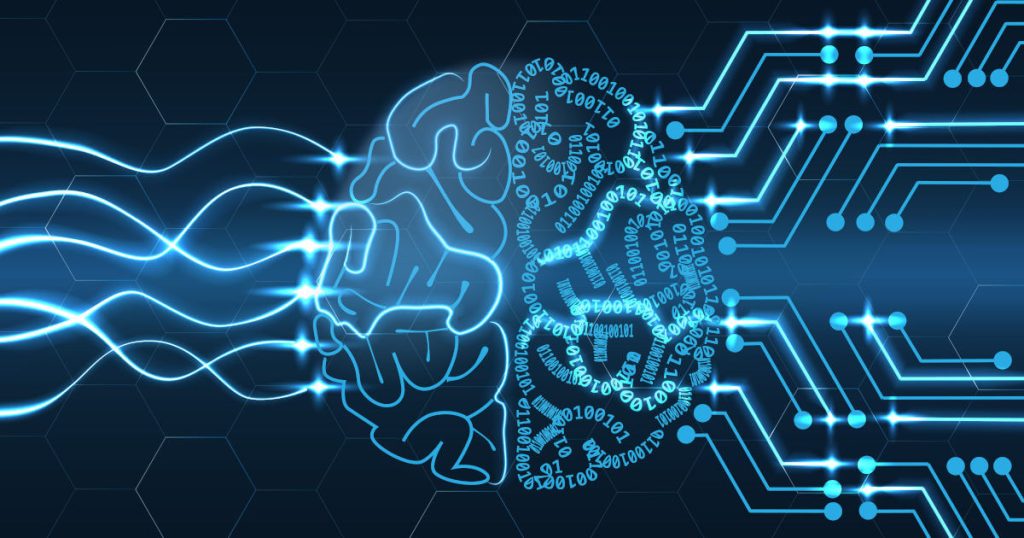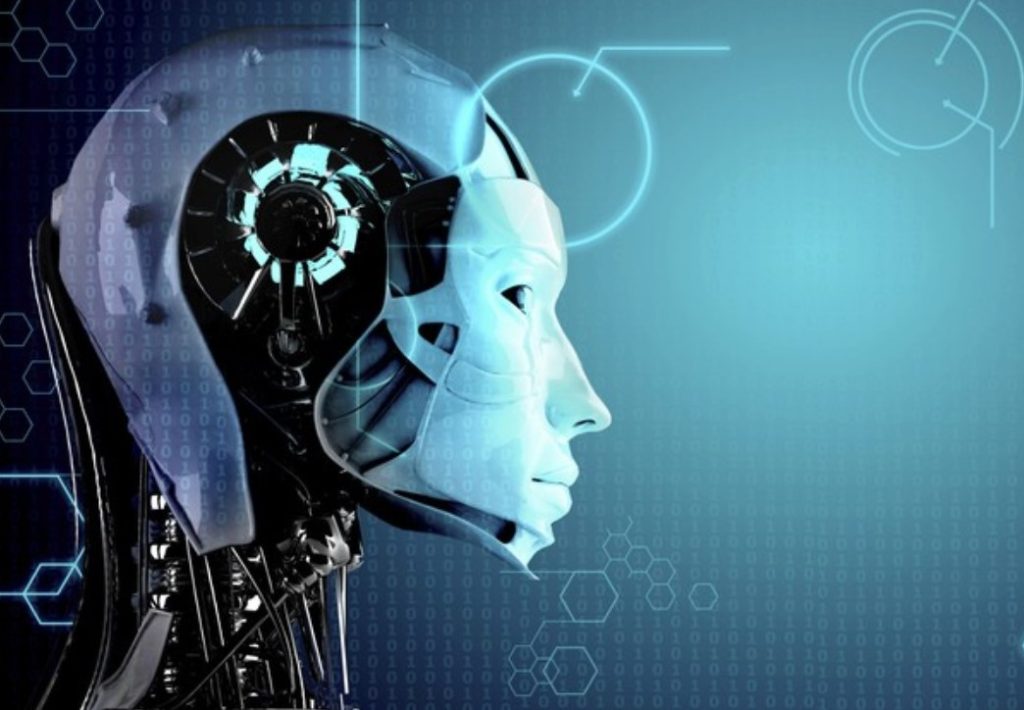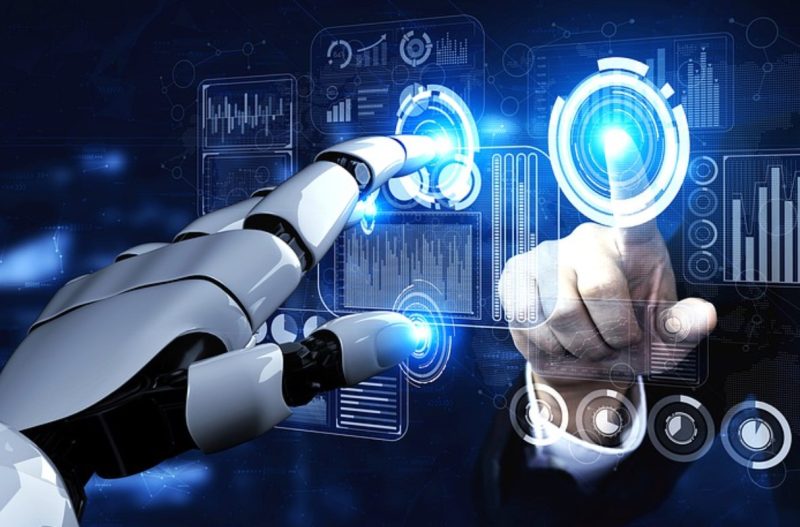Despite some still considering it fantastical, artificial intelligence is already impacting the future of nearly every industry (and the lives of nearly every human being) on the planet. No longer the preserve of science fiction novelists or movie screenwriters, AI as a concept has in fact existed for decades — although it’s only in the last few years that an AI ‘boom’ has seen it become an inescapable aspect of our everyday existence.
While many industries and customer-centric businesses are increasingly embracing artificial intelligence as a way of leveraging user engagement (92% of leading enterprises invest in AI on an ongoing basis), in many ways AI is just the tip of an increasingly large and complex iceberg. Technologies are advancing faster than many of us can keep up with, and with basic AI now giving way to even deeper levels of understanding, concepts such as machine learning and deep learning are coming to the surface.
You might think of AI, machine learning and deep learning as a set of Russian dolls, each nestled within one another, each a narrower and more refined version of its prior counterpart. If AI is the largest (outer) doll, then machine learning is the slightly smaller doll that lives within that one, and deep learning is even smaller still, residing within the previous doll.
Still with us? Essentially, each is a subset of the last, and each is able to achieve an even deeper level of understanding by using increasingly complex algorithms to interpret, understand and learn from data. To understand how AI, machine learning and deep learning models differ, let’s delve a bit deeper into each one.
What is Artificial Intelligence?

In simple terms, AI refers to the ability of a machine to perform tasks normally associated with “intelligent” beings (namely, humans). Of course, human intelligence is not characterized by one trait (but rather a combination of cognitive abilities, including the capacity to learn, adapt, reason and problem-solve) so artificial intelligence denotes that a machine (such as a computer of a computer-powered robot) can replicate at least some of these capabilities, essentially “thinking” and “acting” just like a human.
The actual term “artificial intelligence” was coined at a conference at Dartmouth College, New Hampshire in 1956 (although its conceptual origins can be traced back as far as the classical philosophers) but this was predated by the mathematician Alan Turing, whose landmark paper published in 1950 (which introduced his renowned Turing Test) speculated about the possibility of creating a “thinking machine” whose behavior is indistinguishable from that of human.
In modern times, AI has become an increasingly prevalent and vital tool for businesses: AI can automate processes, interpret data and use algorithms to optimize consumer experiences. Chiefly, artificial intelligence (combined with an ample pool of data) can help to measure and anticipate consumer behavior, and deliver highly personalized experiences based on a shopper’s expected needs and desires—with the aim of driving a deeper level of engagement and fostering increased customer loyalty.
As an example of AI in practice, many businesses now are using AI-driven chatbot software to provide automated notifications and communications, though the results are mixed. On the positive side, feedback tools are highly useful: for example, SaaS hosting provider Cloudways uses a smart assistant it calls ‘CloudwaysBot’ to provide real-time notifications, tips about server health and important server updates. Because it’s analytical in nature and limited in scope, it’s able to consistently return valuable insights.
On the negative side (or at least more mixed), action-oriented chatbots designed to actively help lighten workloads have proven more variable. Shopify acquired a chatbot assistant named ‘Kit’ some years back, then deployed it to help merchants improve their stores (most significantly by automating Facebook PPC ad generation), but shut it down in 2024 with users finding it underwhelming. In essence, it lacked the capability to fulful its promise.
Clearly, AI is still evolving, and many businesses are still figuring out how and when to implement AI-driven technology. Next, let’s look at how machine learning (a more advanced subset of AI) uses a more algorithmic approach to parse and learn from data.
What is Machine Learning?

Without stating the obvious, machine learning differs from AI in its ability to learn from past experience without the need for explicit programming. Effectively, machine learning has the ability to continually learn and develop its own intelligence through its interpretation of the various sets of data it comes across. Machine learning goes a step further than basic AI by using advanced algorithms and data analytics to build predictive models that can anticipate behavior and provide increasingly relevant and intuitive solutions.
In business, the principles of machine learning can be applied to various aspects: one of the most advantageous benefits is in its ability to offer deeply personalized customer experiences; using its capacity to learn from historical data and continually develop its understanding of your customers’ behaviors, machine learning can offer dynamic user experiences, highly relevant recommendations and ample opportunities to up- or cross-sell to potential customers, further increasing its understanding with each interaction.
Virtual personal assistants (like Amazon’s Alexa, for instance) use machine learning (also referred to in this instance as active learning) to offer increasingly useful solutions to queries vocalized by a user.
These assistants use a smart algorithm to continually develop their understanding of your personal needs and interests based on your previous interactions with the tool. Each time Alexa fails to provide a relevant response to your query, she learns from it. The next time you make a similar request, you’re likely to get a more relevant answer, since her algorithm has developed a more refined understanding of your personal preferences.
What is Deep Learning?

As the name suggests, deep learning (a further subset of machine learning) aims to achieve an even deeper level of artificial intelligence—and this is where we arrive at neural networks. A neural network (or an artificial neural network, in the case of a deep learning model) is a multi-layered system of algorithms designed to mimic the way the human brain operates. It can recognize patterns and understand the complex relationships between data in an even more advanced way than machine learning.
Whereas machine learning can normally only understand structured data, deep learning algorithms are able to make sense of colossal amounts of unstructured data: this means it can absorb data in its rawest form (such as text or an image) and automatically distinguish one input from another. This is the principal advantage of deep learning over its slightly less sophisticated predecessor: as machine learning requires data to be structured before it can understand it, this often calls for a level of human intervention. With deep learning, this isn’t required.
Driverless cars (which will account for one in ten vehicles on our roads by 2030, some predict) are reliant upon deep learning principles, with complex and adaptive algorithms allowing them to react and respond just like a human driver. Deep learning algorithms are what allow a driverless car to recognize a stop sign even when it’s covered in snow, or that a child running into the road after a ball means it has to apply the brakes. Every new instruction or hazard it comes across is new (often unstructured) data which the machine uses to further its understanding. Just as a human driver develops his or her ability through experience, the machine is continually “learning” to be a better (safer) driver.
To briefly summarize: we’ve seen how the long-established concept of AI has given birth to more developed (and increasingly versatile) subsets like machine and deep learning, and also how these newer concepts each offer a wider capacity for learning and understanding than their predecessors. While deep learning is still a fairly early concept, you can expect many businesses to embrace it in the not-so-distant future.






